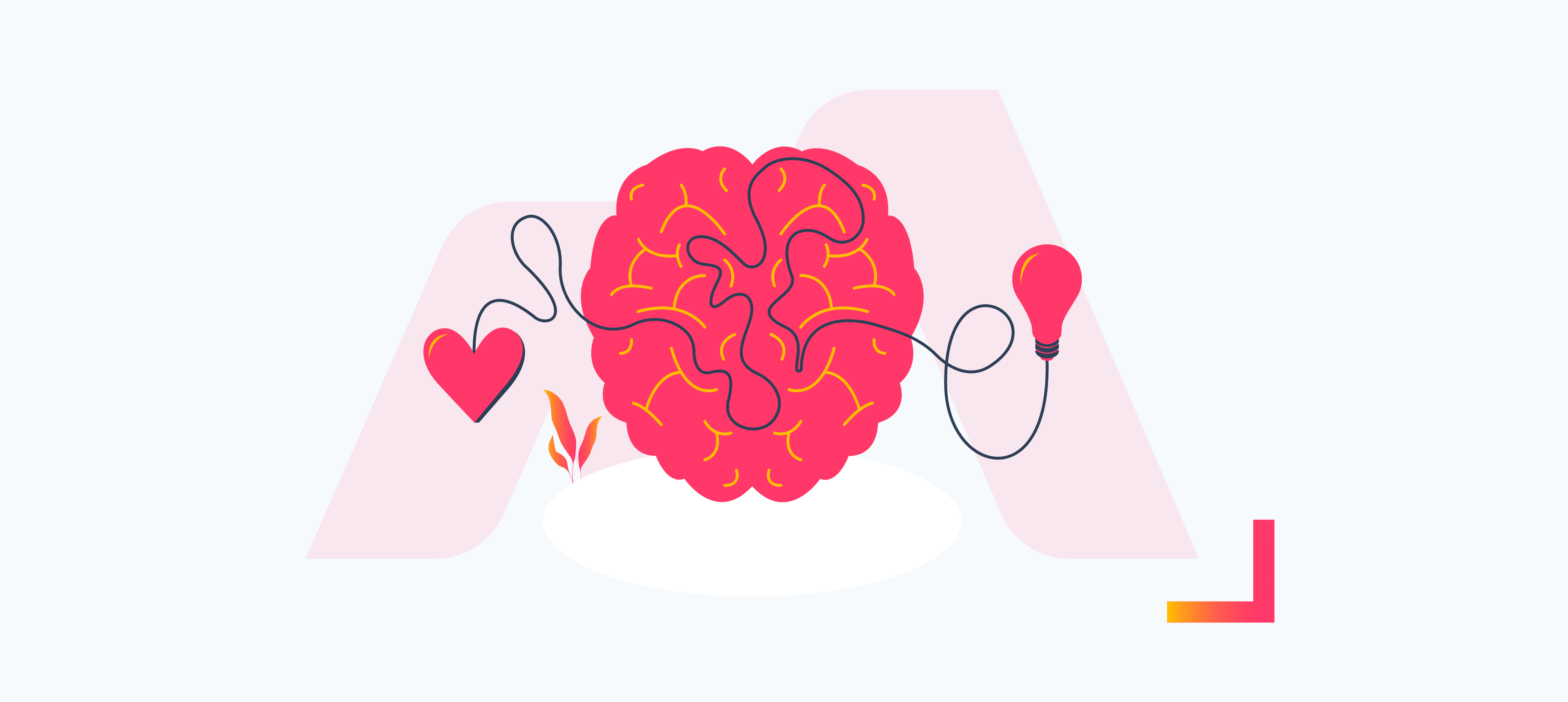Every successful marketer should have an understanding of how and why people think and act the way they do. Implementing some basic marketing psychology principles within your digital marketing plan can help improve your business and take your marketing from good to amazing. Here are a few basic marketing psychological principles to be aware of that may be worth testing in your ads and landing pages.
The Social Proof Theory
This is the psychological concept where humans assume the actions of others, in an attempt to reflect correct behaviour for a given situation. There have been several experiments on the topic that shows people will most likely settle with the group decision. In an experiment carried out by Solomon Asch in 1951, they came to the conclusion that people follow social proof for one of two reasons: They want to fit in and/or, they believe the group is better informed than they are.


This is an incredibly powerful tool for marketers, and if used correctly will most likely improve your conversion rates. In practice, this could play out in a few different ways.
- Credible expert: Having a renowned expert within the industry mention you, your products or who is associated with your brand.
- Celebrity: This is when a celebrity endorses your brand or acts as an influencer. This can be, for example, mentioning your products and how great they are to their loyal followers.
- Customer Testimonials: Most people won’t believe it when you say that your product is great, which is why having testimonials from happy customers is so vital to online businesses. They are more likely to believe someone to who they can relate to. A compelling testimonial will speak directly to a problem and how your product or service solved it.
- Ratings and reviews: We value the decisions and tastes of our peers and we are strongly influenced by them. When buying online, we don’t have the same experience as buying in a store. We can’t touch, feel or try on the product. That is why ratings and reviews are so important, having a good review might be the push a customer needs to be convinced to buy the product.
- Media logos and badges: People want to buy from brands they can trust and if they have never heard of your company, having the evidence that you are trustworthy is much more convincing. Showing logos of trustworthy sources that have featured or mentioned you, or showing badges or certificates is a popular approach to establishing credibility and building trust with the customer.
You’ll see us using The Social Proof Theory whenever we are creating landing pages for our clients. We will include testimonials, reviews and media logos on the landing page to establish that trust and credibility that is so crucial with their customer base. Even on our own website, we use reviews and customer testimonials because it’s such a powerful tool.
Reciprocity
The concept of Reciprocity or also known as “Give to Get”, introduced by Dr Robert Cialdini’s book Influence: The Psychology of Persuasion, is simple – when someone does something nice to you without being asked to, you will naturally want to do something nice to them in return. This is a sense of obligation, a feeling of being in debt that humans naturally feel. Reciprocity if used in the right way in marketing, can lead to increased sales.
Dr Cialdini carried out a case study in which a waiter’s tip increased by 3% when the diners were given a mint together with the bill, and by 14% when they were given two mints. The conclusion is that when customers are made feel special there is an increased likelihood that they’ll respond in a similar manner.
To implement this concept with your digital marketing, you will want to give your potential customers a gift of value, something that they subconsciously feel obligated to repay. This can be a free ebook, white pages, a consultation or a free trial. This concept works in the long run, obviously, at the moment you offer your customer a free white paper they may not immediately buy something from you. In the future though, when they are on the lookout for a specific product, the concept is that they will remember the value you provided for them and be more inclined to trust and do their business with you.
Scarcity
The Scarcity Principle is another concept that Dr Cialdini brings up in his book, and is based on the formula of supply and demand. Most people have a fear of missing out, meaning that the rarer the product is, the more valuable it becomes.
In 1975, researchers Worchel, Lee and Adewole conducted an experiment where they asked participants to choose between two jars of cookies. Both jars had the exact same cookies in them, except one jar had 10 cookies and the other had 2. Participants chose the jar with only two cookies far more often than the jar with 10, because it was seen are more desirable.
A good example of the use of scarcity is Amazon. When browsing through their products, next to the call to action they will state how many of that particular product they have left. When there are only a few left, that makes the product that much more valuable for the customer and who will most likely go through with the purchase, in fear of missing out otherwise.
We will be using the concept of scarcity especially when we are working with e-commerce businesses. When an e-commerce business has a sale and we want to reinforce scarcity, we may use elements like countdown ‘ad customisers’ or urgent messaging to reflect this.


Decoy Effect
The decoy effect is a cognitive bias that you can integrate within your digital marketing to influence people’s decisions. Consumers will tend to have a change in preferences between two options when also presented with a third option that is asymmetrically dominated. If used correctly it can help you nudge the user towards the option that you want them to choose. This concept is most often carried out with product pricing.
For example, National Geographic carried out an experiment testing how the decoy effect influences buyers to purchase a large popcorn rather than a small or medium one. To begin with, they offered consumers a small bucket for £3 or a large one for £7. Most consumers chose to buy the small bucket due to their personal preferences. The second time, they decided to offer three options: a small bucket for £3, a medium bucket (the decoy) for £6.50 and a large one for £7. That time most buyers chose to go with the large one because they saw more value in more popcorn for only £0.50.
In the marketing space, this concept is most commonly used with product pricing and service subscriptions.


Anchoring
Anchoring is a cognitive bias that affects our decision-making. When evaluating the attractiveness of a price, we are heavily influenced by the first price we see. This price becomes the anchor in our perception, our reference point. People naturally anchor to concepts – so much that it has become a habit.
For example, if we are told that a product’s price is £100, the £100 becomes our anchor. Our perception of whether or not we are getting a good deal is therefore tied to this anchor. The lower the price goes from that anchor, the more appealing it becomes to the consumer.
Anchoring is a great concept to use with e-commerce businesses, especially when there is a sale going on. Within digital marketing, you can implement this technique on ad copy and landing pages dedicated to this sale anchoring the normal price against the sale price.
Loss Aversion
This concept stands on the fact that people do not enjoy losing what they have already gained. In a study carried out by Daniel Kahneman, people were given two options: if they were given an object they could trade their object for something else, or if they were given nothing they could choose an object. Roughly half of the participants who started with nothing chose an object, but 86% of those given an object in the first place stuck with it and did not change. In conclusion, people will most likely choose to not lose something, instead of gaining something.
An example of Loss Aversion being used in a business is the music streaming service Spotify. They will let new users who sign up try their Premium membership for 30 days for free. Once the users have gotten used to the trial and seen the value it brings, it will make it hard for them to end the subscription when the trial comes to an end. This is especially true when the cost for the subscription is a good price such as £9/month.


Conclusion
Overall, as a digital marketer, it is important to have a knowledge and understanding of the psychology behind why people think and act the way they do. Implementing these principles in your ads and landing pages the right way, will definitely help you increase conversions and help you reach your goals. Bear in mind that using them in an incorrect manner might have the opposite effect.
If you would like to dive deeper into the subject we recommend you take a look at Robert Cialdini’s book Influence: The Psychology of Persuasion.
Are there any other psychology studies and concepts that we did not bring up that you really like? Reach out to our team if you’d like to chat!




